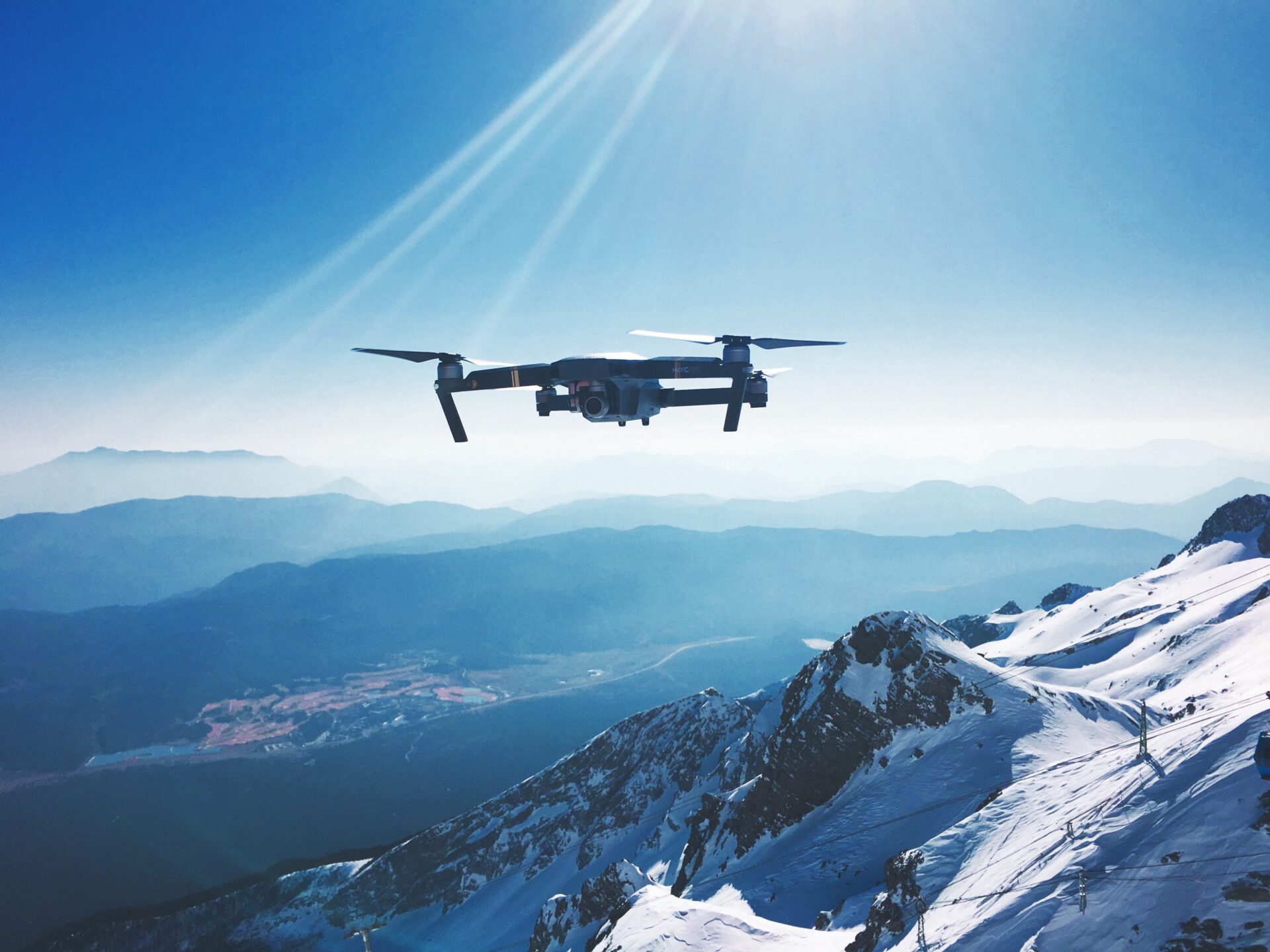Introduction
In the rapidly evolving landscape of modern warfare, unmanned aerial vehicles (UAVs), commonly known as drones, have emerged as game-changers, offering both military and civilian applications. However, their proliferation has also led to concerns over their potential misuse by malicious actors. Recognizing this challenge, Ukraine has emerged as a pioneer in developing innovative methods to counter the drone threat, showcasing a remarkable ability to adapt and defend against this evolving menace.
The Drone Revolution
Drones have revolutionized various sectors, from agriculture and surveillance to reconnaissance and even parcel delivery. However, their capabilities have attracted the attention of those with harmful intentions, resulting in the need for effective countermeasures. Ukraine, a nation accustomed to navigating complex security challenges, has not only embraced this new reality but has also displayed an exceptional aptitude for dismantling and neutralizing hostile UAVs.
- Electronic Warfare (EW) Systems: At the forefront of Ukraine’s drone defense strategy are sophisticated electronic warfare systems. These systems exploit vulnerabilities in a drone’s communication channels, disrupting its signal and rendering it incapable of receiving or transmitting commands. Ukraine’s expertise in electronic warfare stems from its experience in countering hybrid warfare tactics, and this knowledge has been instrumental in the creation of cutting-edge systems that incapacitate enemy drones.
- Anti-Drone Countermeasures: Ukraine has developed an array of anti-drone countermeasures, including dedicated anti-aircraft systems adapted to target low-flying UAVs. These systems utilize advanced radar technology to detect and track drones, effectively neutralizing them with precision-guided munitions. By staying ahead of the curve, Ukraine has displayed a remarkable ability to adapt existing military hardware to address the evolving threat of drones.
- Jamming and Hacking: To counteract the increasing sophistication of drones, Ukraine has embraced the art of jamming and hacking. By exploiting vulnerabilities in a drone’s GPS navigation or communication systems, Ukrainian forces can forcibly land or redirect hostile UAVs, turning the technology against its operators. This proactive approach has not only reduced the impact of drone attacks but has also provided valuable intelligence for identifying and thwarting potential threats.
- Training and Collaboration: Recognizing that technology alone is not sufficient, Ukraine places a strong emphasis on training its military personnel to effectively counter drones. Collaborative efforts with international partners have further enriched the nation’s understanding of drone warfare, allowing for the exchange of knowledge and best practices. This commitment to continuous learning has positioned Ukraine as a leader in the field of drone defense.
Conclusion
The rise of drones has undeniably transformed the way conflicts are waged, creating both opportunities and challenges for nations around the world. In the face of this paradigm shift, Ukraine has proven itself to be a trailblazer in the realm of drone defense. Through a combination of innovative technology, strategic thinking, and collaborative efforts, Ukraine has developed a comprehensive arsenal of countermeasures that not only neutralize hostile UAVs but also ensure the safety and security of its citizens.
As the drone threat continues to evolve, Ukraine’s approach serves as a testament to the power of adaptation and innovation in confronting emerging challenges. By mastering the skies and dismantling hostile drones, Ukraine has set a remarkable example for the global community, highlighting the importance of proactive defense strategies in an increasingly complex and interconnected world.
